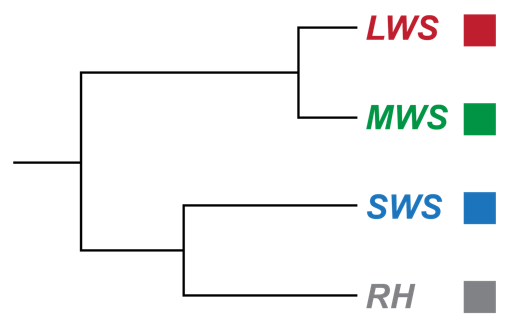Genetic variation is essential for evolution, as it provides the diversity necessary for natural selection to act upon. This variation can be understood in two primary ways: through the introduction of new alleles and the formation of new combinations of alleles. New alleles arise from mutations in the DNA sequence, which can lead to differences in genes. For instance, in a classic Mendelian context, alleles can be represented as a dominant allele (A) and a recessive allele (a). These variations in alleles are a result of mutations that occurred at some point in the past, altering the DNA sequence.
In addition to new alleles, genetic variation also encompasses new combinations of alleles, which can be referred to as genotypes. This process occurs during sexual reproduction, particularly through mechanisms such as recombination or crossing over. In diploid organisms, each individual inherits two alleles for each gene, one from each parent. This means that combinations can vary widely; for example, an individual could have two dominant alleles (AA), two recessive alleles (aa), or one of each (Aa). During crossing over, segments of chromosomes are exchanged between homologous chromosomes, leading to new genetic combinations. This results in unique genetic variants, contributing to the overall genetic diversity within a population.
In summary, both mutations that create new alleles and the recombination of existing alleles during sexual reproduction are fundamental sources of genetic variation, which is crucial for the evolutionary process.


